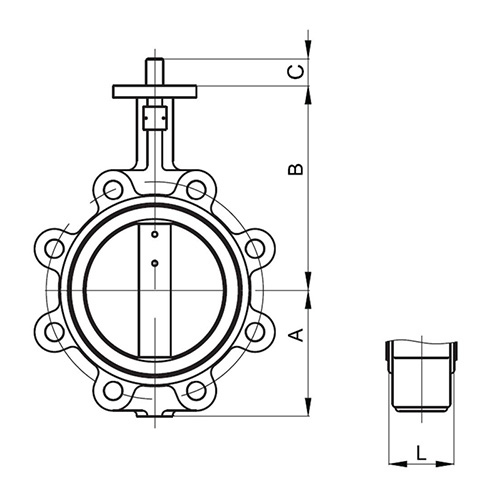Nov . 19, 2024 12:15 Back to list
Understanding the Benefits and Applications of Cast Iron Y Strainers in Industrial Settings
Understanding Cast Iron Y Strainers A Comprehensive Overview
When it comes to industrial applications, the choice of materials and components can significantly affect the efficiency and longevity of systems. One such crucial component is the strainer, and among the various types available in the market, the cast iron Y strainer stands out for its robust construction and suitability for a wide range of applications.
What is a Cast Iron Y Strainer?
A cast iron Y strainer is a type of filtration device designed to remove unwanted particles from liquids and gases in pipelines. Its structure resembles the letter Y, with a body that diverges to two inlet/outlet ports. This unique shape allows for an efficient flow of the medium while ensuring that the straining mechanism effectively captures debris, sediment, and other impurities, thereby protecting downstream equipment from damage and wear.
Advantages of Cast Iron Construction
The choice of cast iron as a material for Y strainers offers several benefits
1. Durability Cast iron has excellent strength and can withstand high pressures and temperatures, making it ideal for applications in harsh environments, including those found in chemical processing, water treatment, and petroleum industries.
2. Resistance to Corrosion While cast iron may not be as corrosion-resistant as stainless steel, its durability allows it to perform well in specific applications, especially when coated or treated for added protection against rust and corrosion.
3. Cost-Effectiveness Compared to other materials, cast iron is more economical. For many applications that do not require the advanced corrosion resistance of stainless steel or other alloys, cast iron Y strainers provide a cost-effective solution without significantly compromising performance.
4. Versatile Applications Cast iron Y strainers are commonly used in various settings, including municipal water systems, fertilizers, HVAC systems, and steam applications. Their versatile design makes them suitable for both industrial and commercial applications.
How Does a Y Strainer Work?
The primary function of a Y strainer is to filter out particles from liquids or gases passing through it. As the medium enters the strainer, it flows into the Y-shaped body and passes through the straining element—a mesh or perforated screen. Larger particles are captured by the strainer while the filtered fluid continues through the outlet. Regular maintenance, such as cleaning or replacing the straining element, is essential to ensure optimal performance and prevent clogging.
Key Features to Consider
cast iron y strainer

When selecting a cast iron Y strainer for your system, consider the following characteristics
- Size and Connection Type Ensure that the strainer's size matches your pipeline's diameter and is compatible with the connection type, whether flanged, threaded, or welded.
- Screen Size and Material The mesh or perforation size of the screen should be selected based on the specific application and the type of particles you need to filter out. Additionally, different screen materials may offer varying levels of durability and resistance.
- Pressure and Temperature Ratings Always check the pressure and temperature specifications to ensure that the chosen strainer can handle the operating conditions of your system.
- Maintenance Access Look for strainers designed for easy access, allowing for straightforward maintenance, cleaning, and replacement of the straining element.
Maintenance Best Practices
To ensure the longevity and efficiency of a cast iron Y strainer, it is vital to implement a routine maintenance schedule. Some best practices include
1. Regular Inspection Periodically check the strainer for signs of wear, damage, or corrosion. This will help you identify any issues before they become serious problems.
2. Cleaning the Screen Depending on the application, cleaning the straining element may be necessary every few months or even weeks. A clogged screen can reduce flow rate and system efficiency.
3. Documentation Keep detailed records of maintenance activities, inspections, and any replacement parts used. This information can be invaluable for tracking the performance of your system over time.
Conclusion
Cast iron Y strainers play an essential role in the effective filtering of liquids and gases in various industrial applications. Their robust construction, cost-effectiveness, and versatility make them a popular choice among engineers and decision-makers. By understanding their operation, maintenance requirements, and the benefits of using cast iron, businesses can optimize their systems and ensure long-term reliability and efficiency. Whether for municipal water systems, industrial processing, or HVAC applications, choosing the right strainer is a critical aspect of ensuring operational success.
Share